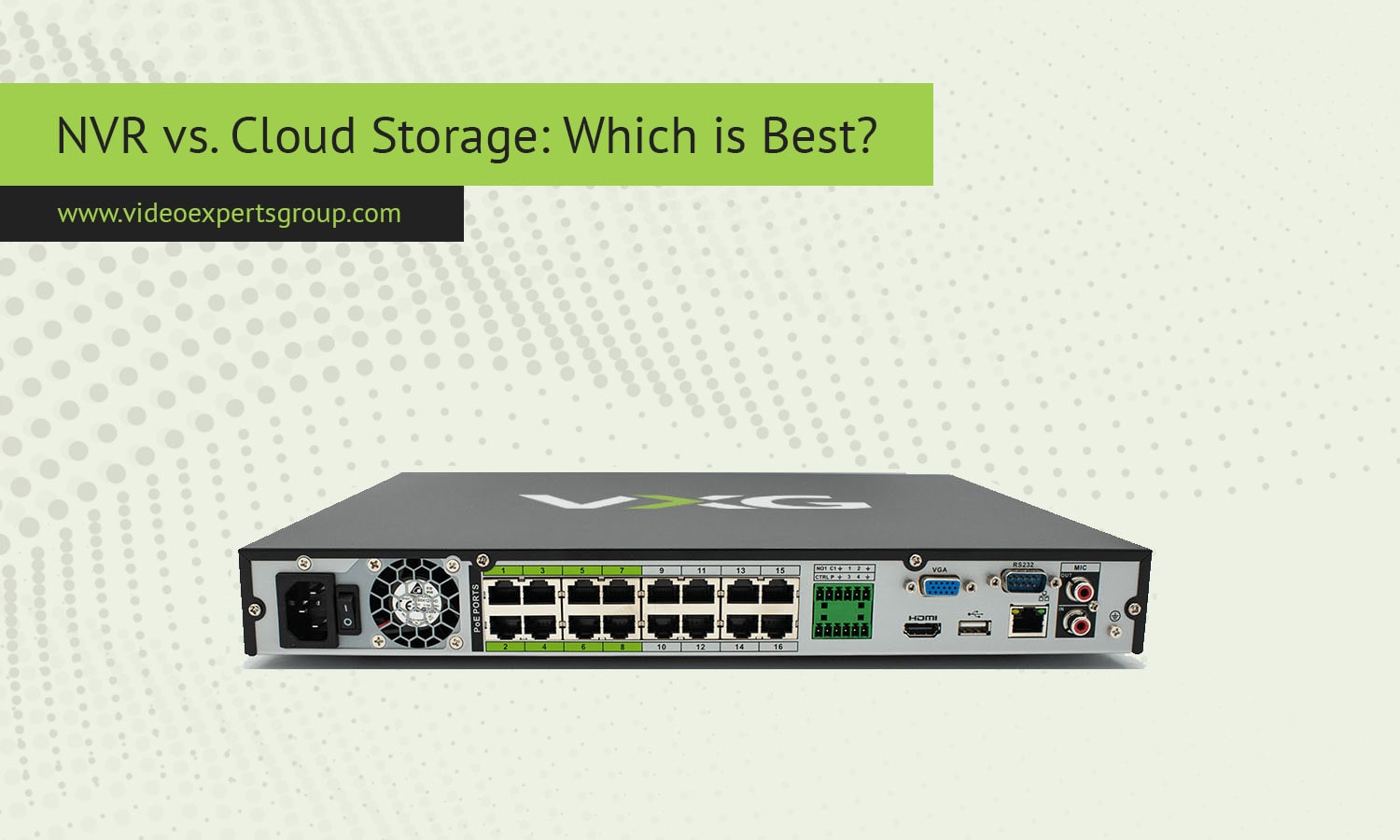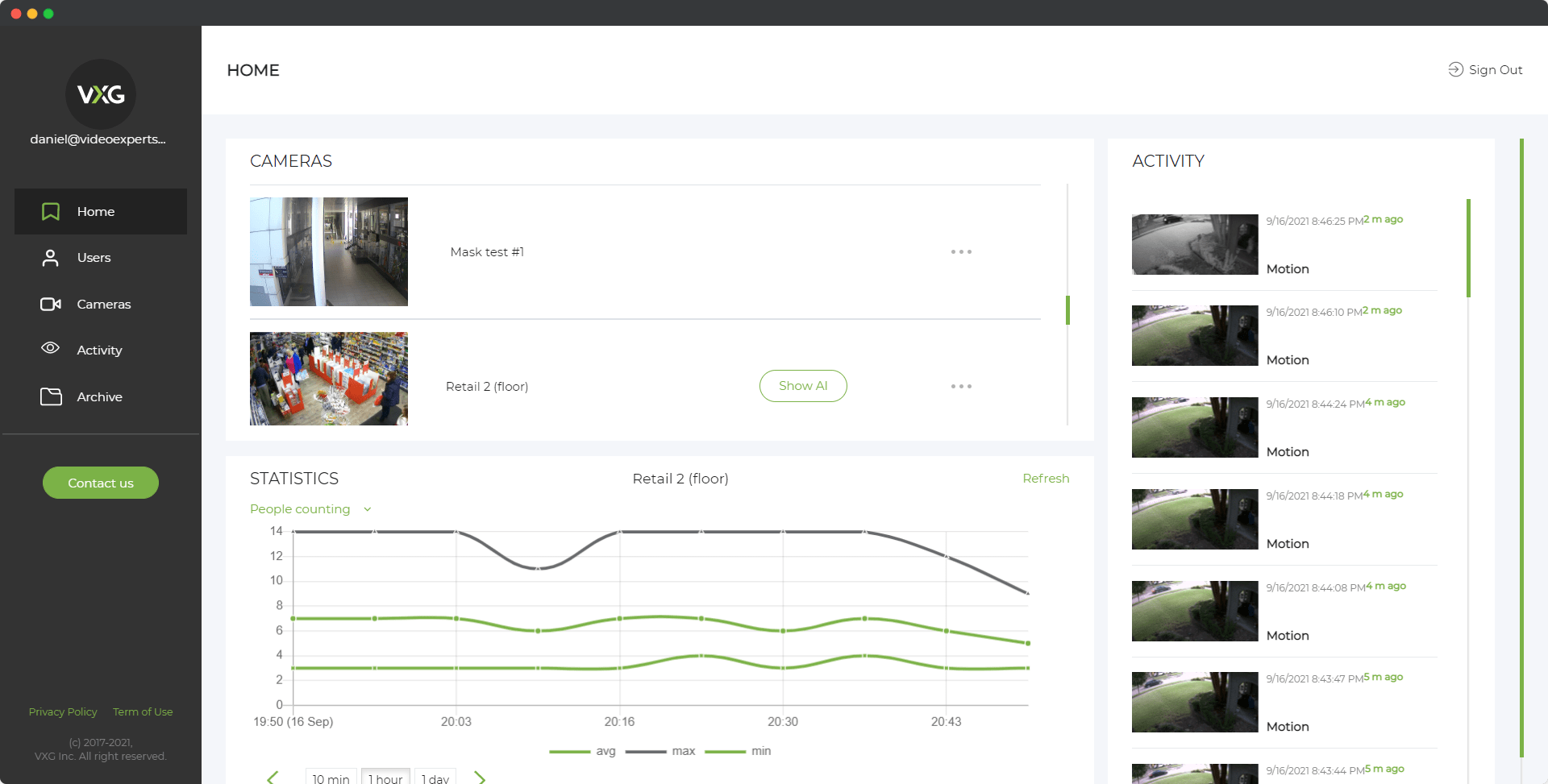Choosing the right storage solution for your security cameras is crucial for data safety, accessibility, and cost efficiency. Network Video Recorders (NVR) and cloud storage are two popular options, each with its own advantages and drawbacks. Understanding the differences between these systems can help you determine the best fit for your needs.
What is an NVR?
A Network Video Recorder (NVR) is a physical device that records and stores video footage from IP cameras. It connects directly to the security cameras over a network and typically includes a built-in hard drive for local storage.
What is Cloud Storage?
Cloud storage allows video footage to be uploaded and stored on remote servers managed by third-party providers. Users can access their recordings from anywhere with an internet connection, without the need for on-site hardware.
NVR vs. Cloud Storage: Key Differences
Storage Location
-
NVR: Stores footage on a local hard drive, external disk, or NAS (Network-Attached Storage).
-
Cloud Storage: Saves recordings to remote data centers managed by cloud service providers.
Accessibility
-
NVR: Requires direct network access or a remote viewing setup.
-
Cloud Storage: Accessible from any device with an internet connection and proper credentials.
Security
-
NVR: Data is kept in-house, reducing exposure to cyber threats but vulnerable to physical theft or damage.
-
Cloud Storage: Offers encryption and redundancy but can be targeted by cyberattacks if not properly secured.
Scalability
-
NVR: Limited by the storage capacity of the hard drive or external storage options.
-
Cloud Storage: Easily expandable based on subscription plans, offering virtually unlimited storage.
Reliability
-
NVR: Depends on hardware condition; disk failures can result in data loss.
-
Cloud Storage: Data is typically backed up across multiple servers for redundancy.
Pros and Cons of NVR and Cloud Storage
NVR Pros
-
No recurring subscription fees
-
Faster video retrieval without internet dependency
-
Greater control over security and data privacy
NVR Cons
-
Requires on-site hardware maintenance
-
Limited scalability
-
Vulnerable to theft, fire, or hardware failure
Cloud Storage Pros
-
Remote access from anywhere
-
Automatic backups and redundancy
-
No risk of hardware damage affecting storage
Cloud Storage Cons
-
Recurring subscription fees
-
Requires stable internet for uploads
-
Potential security risks from cyber threats
When to Choose NVR or Cloud Storage
When is NVR the Better Choice?
-
You have a reliable local network and want to avoid recurring costs.
-
Security concerns prevent you from storing sensitive data in the cloud.
-
You prefer faster access to video without relying on internet speeds.
When is Cloud Storage the Better Choice?
-
You need easy access to footage from multiple locations.
-
Redundancy and automatic backups are a priority.
-
You don’t want to maintain on-site hardware.
Hybrid Storage: Best of Both Worlds?
Many modern security systems offer hybrid solutions, combining local NVR storage with cloud backup. This setup provides quick access via the NVR while ensuring a secondary copy in the cloud for added security and reliability.
FAQs
See also:
















